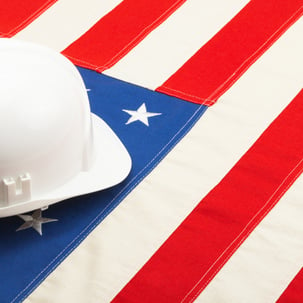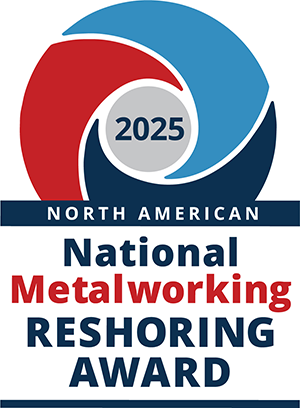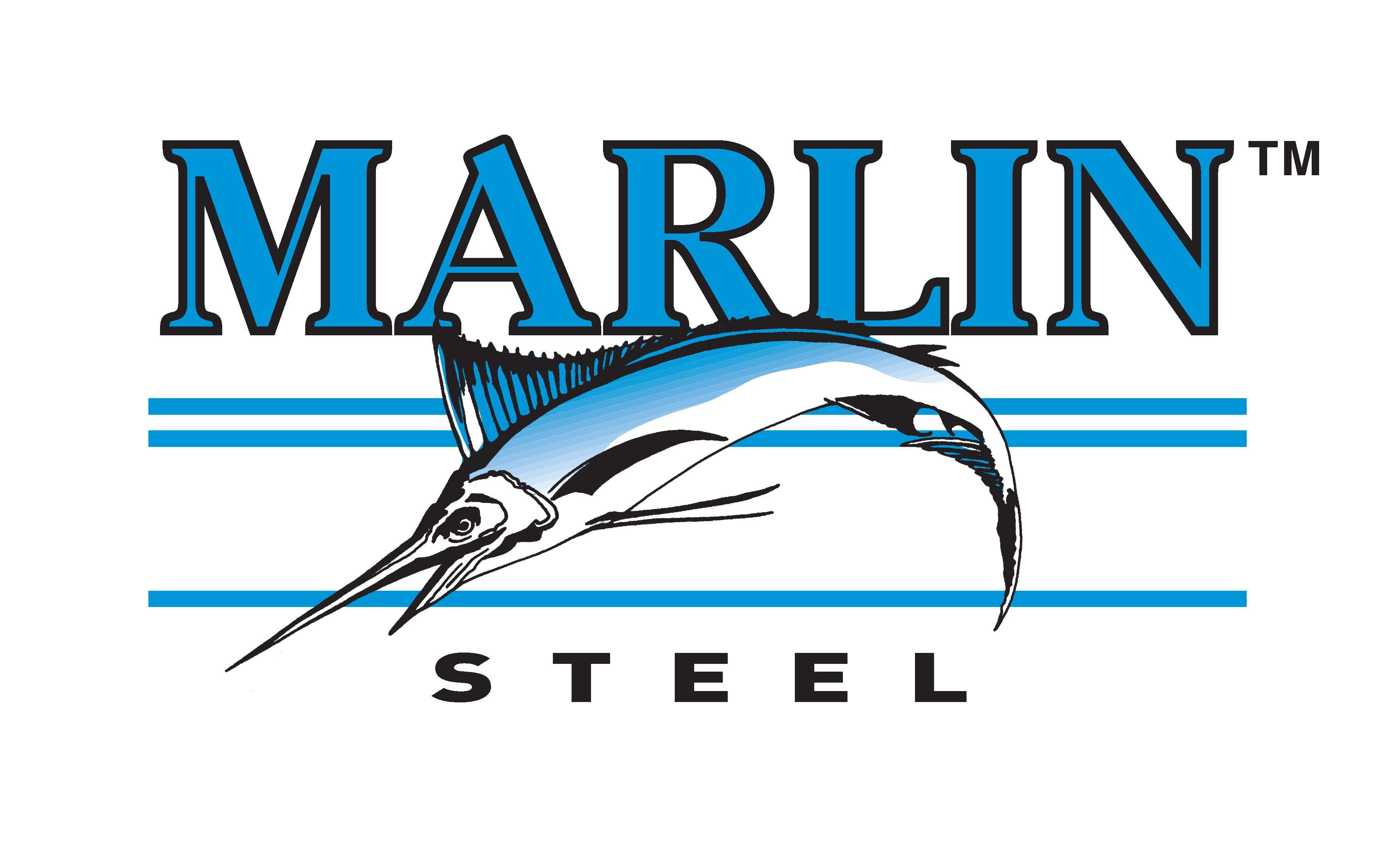 Most manufacturers are familiar with the term offshoring, which for manufacturers is the practice of moving production capacity from the company’s home country to another country to take advantage of low-cost labor.
Most manufacturers are familiar with the term offshoring, which for manufacturers is the practice of moving production capacity from the company’s home country to another country to take advantage of low-cost labor.
In the late 90s, offshoring was all the rage among manufacturers because the benefits of spending less on labor outweighed all other concerns at the time. However, many manufacturers ended up feeling the sting as labor costs in developing nations rise and long shipping delays give locally-manufactured goods a huge competitive advantage.
This has led to a reshoring of production capacity from overseas locations back to the U.S. Why?
Factory automation allows for a single worker to be enormously productive in a short period of time, effectively negating the labor cost advantage. Also goods manufactured domestically can reach a U.S. market destination in days or weeks rather than in months.
This brings us to today’s topic: next shoring.
What is Next Shoring?
Next shoring is the response to the need for swift, customizable delivery of manufactured goods in emerging markets. Next shoring entails moving your company’s production capacity to where the market for your goods is.
For domestic U.S.-based companies serving American markets, this is synonymous with reshoring, as reshoring entails moving production capacity to the U.S. to meet production demands in U.S. markets.
However, what about foreign markets?
Next Shoring & Manufacturing
 Many U.S. companies are seeking to expand the markets that they serve so that they can grow their customer pool. Moving your goods to a foreign market could exponentially increase your client base, especially in developing markets such as China where the buying power of the average citizen is on the rise.
Many U.S. companies are seeking to expand the markets that they serve so that they can grow their customer pool. Moving your goods to a foreign market could exponentially increase your client base, especially in developing markets such as China where the buying power of the average citizen is on the rise.
Any business owner should salivate at the prospect of adding a billion consumers to their customer base.
However, competing with local companies that already have a strong grip on their markets is a huge challenge. Not only are these companies already embedded in the public consciousness for their target market, their locally-based manufacturing capacity gives them a huge edge on delivery speed.
This makes it easy for local manufacturers to keep their products in stock during periods of heavy demand, and to reduce excess production when demand is low. Control of supply on this level is near-impossible when your delivery timetable is several months long.
This is why next-shoring is important for manufacturers moving forward. By placing your production capacity near to the markets your products serve, you can provide fast delivery of goods and maintain better control of your supply chain.
By putting your production close to where you customers are, you can greatly improve your company’s competitiveness in nearly any market compared to trying to compete remotely with a super-long intercontinental supply chain.
The Difference Between Reshoring & Next-Shoring
So, if moving production back to the U.S. to serve U.S. markets is considered reshoring, what’s the difference between reshoring and next shoring?
For manufacturers, the term reshoring specifically refers to the movement of production capacity from overseas locations such as China back to the U.S.A.
On the other hand, next shoring is a term that could be applied to any company moving their production capacity to a location within the same country as the market they serve.
So, any company that is reshoring their production to the U.S. to serve domestic markets could also be considered to be performing next shoring as well. However, a company that moves its production to China to serve a Chinese market would be engaging in next-shoring, but not reshoring.
Marlin Steel is proud to serve domestic U.S. customers by taking advantage of its production facilities based in Baltimore, MD in the USA. Many of Marlin’s customers are able to get their custom steel wire container orders in as little as two weeks from the completion of the order thanks to rapid domestic shipping.
In this way, Marlin serves as an example of the benefits of next shoring, even though the company never moved its production capacity overseas.



.gif)


